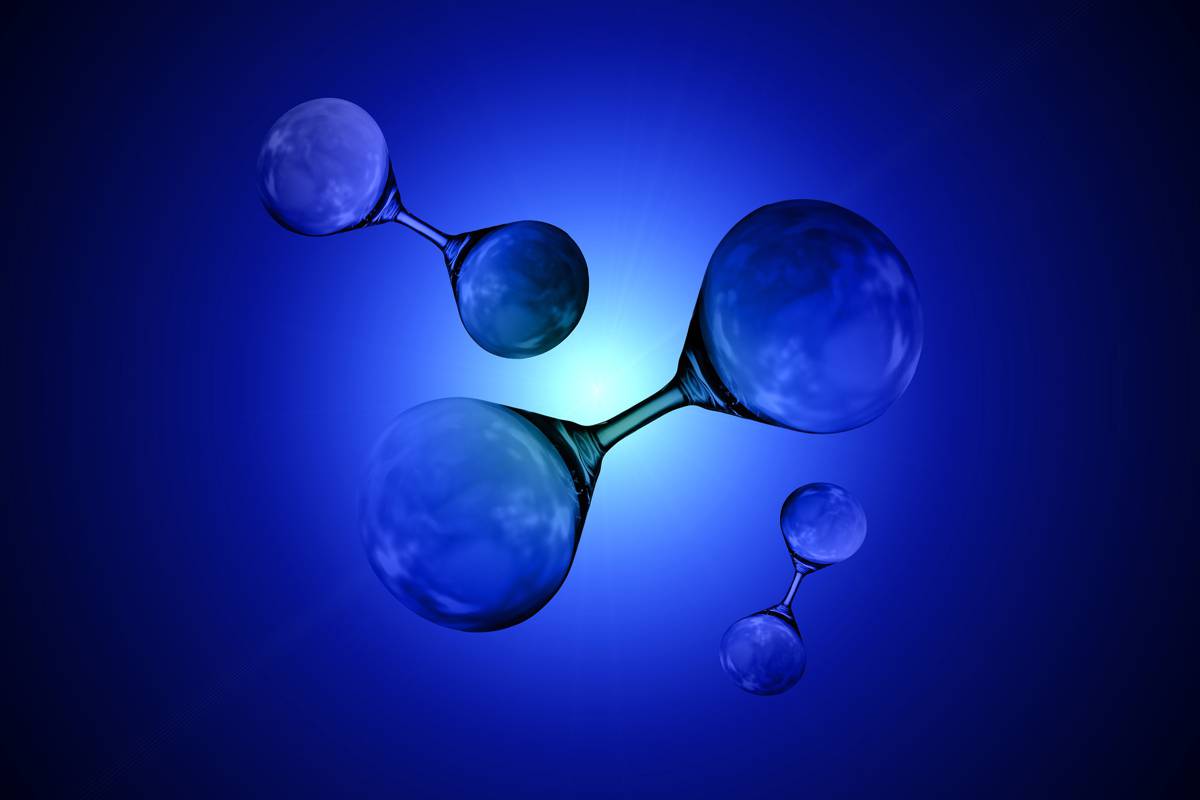Producing hydrogen using a Sponge Iron
RUDN University environmentalists have proposed a new catalyst for converting methane into hydrogen – an alternative energy carrier. The catalyst itself is a simple sponge iron, environmentally friendly and also a cheap material.
The results were published in Results in Engineering.
One of the most common alternative energy approaches is the use of hydrogen fuel. It is the most common element on Earth, and when burned, it gives three times more heat than gasoline. In addition, the product of hydrogen combustion is usual water. Hydrogen can be obtained, for example, from natural gas – methane. To do this, methane is heated to temperatures above 1000℃.
This process is called pyrolysis. RUDN scientists with colleagues from the Joint Institute for High Temperatures of the Russian Academy of Sciences, Graphic Era University (India), National University of Science and Technology “MISIS”, and Lukoil-Engineering LLC have proposed a method that allows achieving 85% efficiency of this reaction. For this, an iron “sponge” is used.
“Unlike hydrocarbon fuels, the combustion of hydrogen does not release carbon dioxide into the environment. Therefore, the use of hydrogen instead of traditional fuels is of great interest in connection with the global demand for the development of low-carbon energy. Despite a relatively simple reaction equation, the methane pyrolysis process is still not technologically advanced enough today,” Mikhail Vlaskin, PhD, Leading Researcher, Department of Environmental Safety and Product Quality Management, RUDN University.

Sponge iron was placed in a reactor tube 8 cm long, methane was supplied at different rates (from 50 to 200 milliliters per minute). A propane burner heated the reactor from 700 to 1100 degrees. Sponge iron plays the role of a catalyst in the process.
The hydrogen yield depended on the temperature and methane feed rate. At temperatures of 700-800 ℃, the efficiency did not exceed 20%. But at 1100 ℃ reached 85%. Without sponge iron, the efficiency was lower by 81%.
“We are the first to use sponge iron as a catalyst for methane pyrolysis. At the next stage, it is necessary to determine whether this catalyst can maintain reactivity for a long period,” Mikhail Vlaskin, PhD, Leading Researcher, Department of Environmental Safety and Product Quality Management, RUDN University.




















